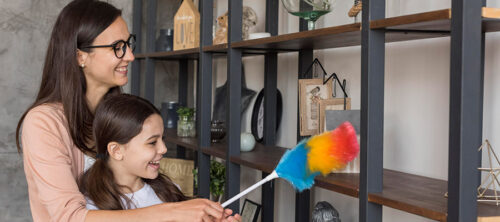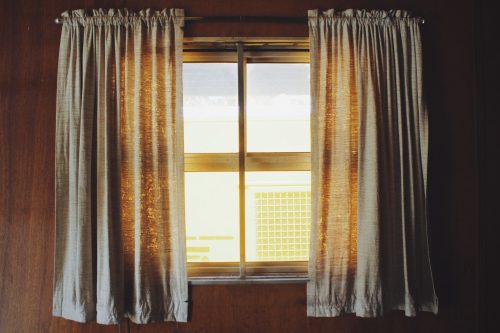
11 Best Small House Design Ideas to Elevate Your Space
Small houses fit best when it comes to cozy living and a practical design. Either working under limited square footage...

12 Most Popular Home Addition Ideas To Enhance Your Space
Home expansion is a fantastic way to elevate your living space, improve functionality, and add significant value to your property....
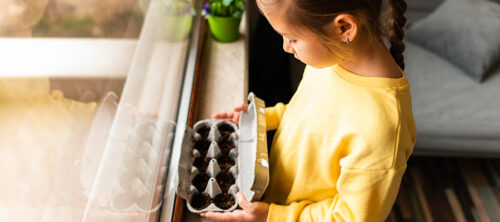
How To Keep House Cool Without AC
Summer heat can be quite merciless, and there will be lots of temptations to turn on the air conditioning for...

Building A Home Ideas: 15 Best Tips
Building a house is an exciting and creative endeavor. It involves making decisions that will shape a unique space for...

Under Stairs: 25 Best Under Stairs Design and Storage Ideas
Introduction The space under your stairs can be a hidden gem, offering incredible potential for storage and design. This often-overlooked...

15 Best Home Remodeling Ideas for 2025
Introduction As we step into 2024, home remodeling ideas are evolving to blend modern aesthetics with functional design. Whether you’re...
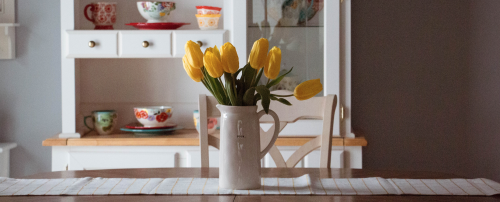
12 At-Home Spring Activities to Uplift Your Mood
Spring is here and, with warm weather on the horizon, it’s finally time to crawl out of hibernation and embrace...

How to Declutter Your Room – 6 Ways to Declutter Your Bedroom
A messy bedroom can quickly pile up with dirty laundry, unpacked bags, and under-bed clutter. People often neglect to tidy...
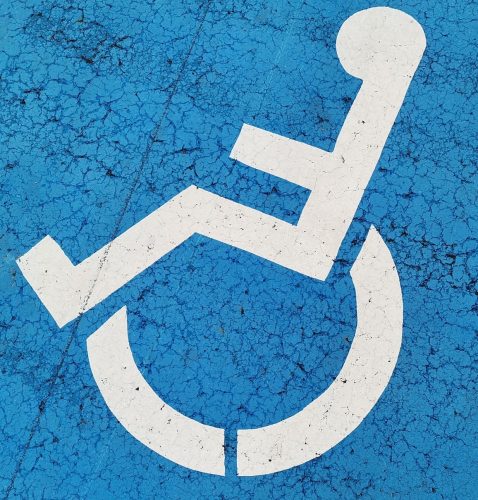
How to Make Your Home Wheelchair Accessible
There are roughly 1.2 million wheelchair users with two-thirds of these being regular users, but many of these wheelchair users...




